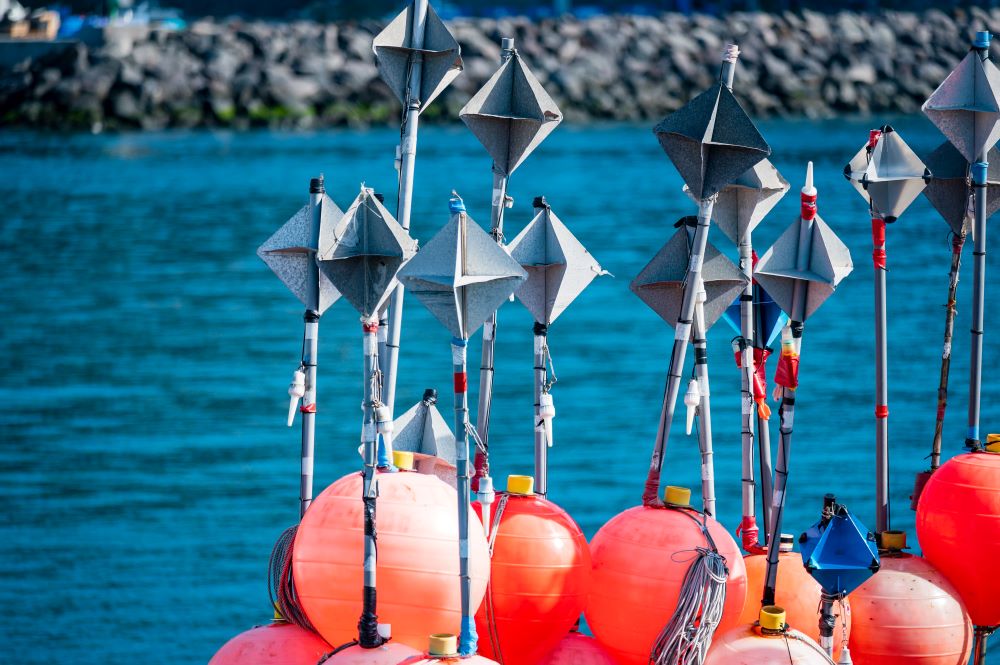
Boat Radar Reflector Requirements
When it comes to safety at sea, boat radar reflectors are key for improving visibility and reducing the risk of collision. Marine radar reflectors help small boats by making them visible to larger vessels. When installed correctly, a boat radar reflects radio waves back to the radar platforms of other boats, making the smaller boat appear on the other vessel’s radar screen.
Learn more about boat radar reflectors, including official regulations and how to use radar reflectors effectively.
What is a boat radar reflector?
Boat radar reflectors, like navigation lights, improve the visibility of boats. They are especially important at night, in fog or in any conditions of reduced visibility. Radar reflectors can determine both the position and speed of another boat or object at sea thanks to a system of reflected electromagnetic waves.
It is important to note that boat reflectors do not guarantee 100% visibility and that caution and vigilance are always required at sea to avoid collisions.
Despite their imperfections, boat radar reflectors are still strongly recommended, and sometimes required, as they are proven to improve boating safety.
Characteristics of boat radar reflectors
You can purchase a boat radar reflector made from metal, plastic or fiberglass. Most boaters will choose a radar reflector that offers high reflectivity, good weather resistance and solid durability.
There are a variety of different boat reflectors on the market. Two distinct types, passive and active radar reflectors, offer different levels of performance and functionality.
Passive radar reflectors
Most boaters use passive radar reflectors. These rely on reflective materials (metal or plastic) to bounce radar signals back to other boats, allowing vessels to detect the presence of the boat with the reflector. Passive radar reflectors are a practical choice as they are simple to install and do not require a power supply.
What is the best place to install a radar reflector?
Where to install a radar reflector depends on various factors such as the size and shape of the reflector and the size of your boat.
It is important to choose a type of radar reflector that is suitable for your particular boat, as an essential part of your boating safety equipment.
The most important factor in installing a boat radar reflector is height. You will need to position the reflector high enough to effectively bounce signals back to their sources.
It is recommended that the radar reflector be installed above all equipment, as high up as possible, ideally at least 4 meters above water level.
Radar reflector regulations
According to the International Regulations for Preventing Collisions at Sea, pleasure craft under 20 metres in length or vessels made primarily of non-metallic materials must be equipped with a passive radar reflector.
However, there are exceptions. A radar reflector is not obligatory if your vessel is being operated in lightly traveled areas, during daylight hours or in good weather. In general, if the safety of the vessel is not compromised without a radar reflector, or if the vessel is so small that reflector installation is impossible, the use of a boat radar reflector is not required.
Radar reflector maintenance
Regular maintenance of boat radar reflectors ensures that they function efficiently. Follow these guidelines:
- Clean boat radar reflectors often using fresh water and a mild detergent to remove any dirt that might get in the way of radio waves.
- Check the brackets and fasteners regularly to make sure they are in good condition and show no signs of wear or corrosion.
- Replace damaged or defective radar reflectors as soon as possible.
Make the water a safe place with the National Boating Safety School
Boat radar reflectors are essential equipment for boating safely, as they allow larger vessels to detect smaller boats and avoid collisions. It is important to choose the right type of reflector, to respect regulations and recommendations for installation and to carry out regular maintenance to ensure that your radar reflectors are working properly.
When you install appropriate boating safety equipment, you are contributing to the safety of everyone at sea. The National Boating Safety School provides a Transport Canada-approved boating safety course to prepare for the official boating exam and obtain your Pleasure Craft Operator Card.

